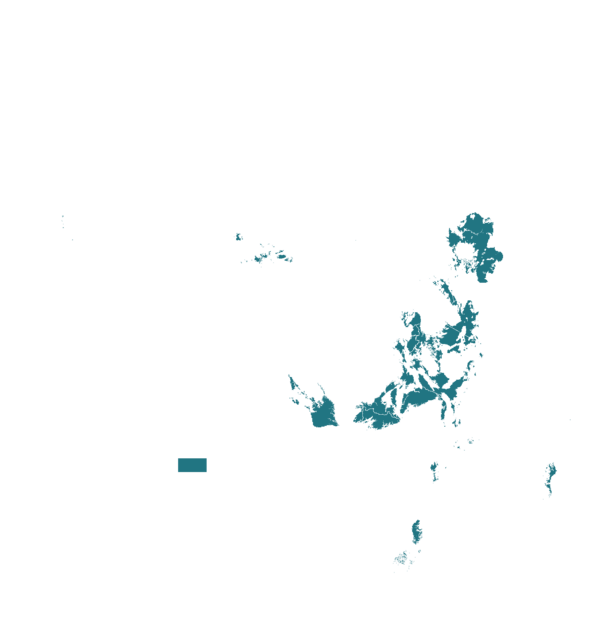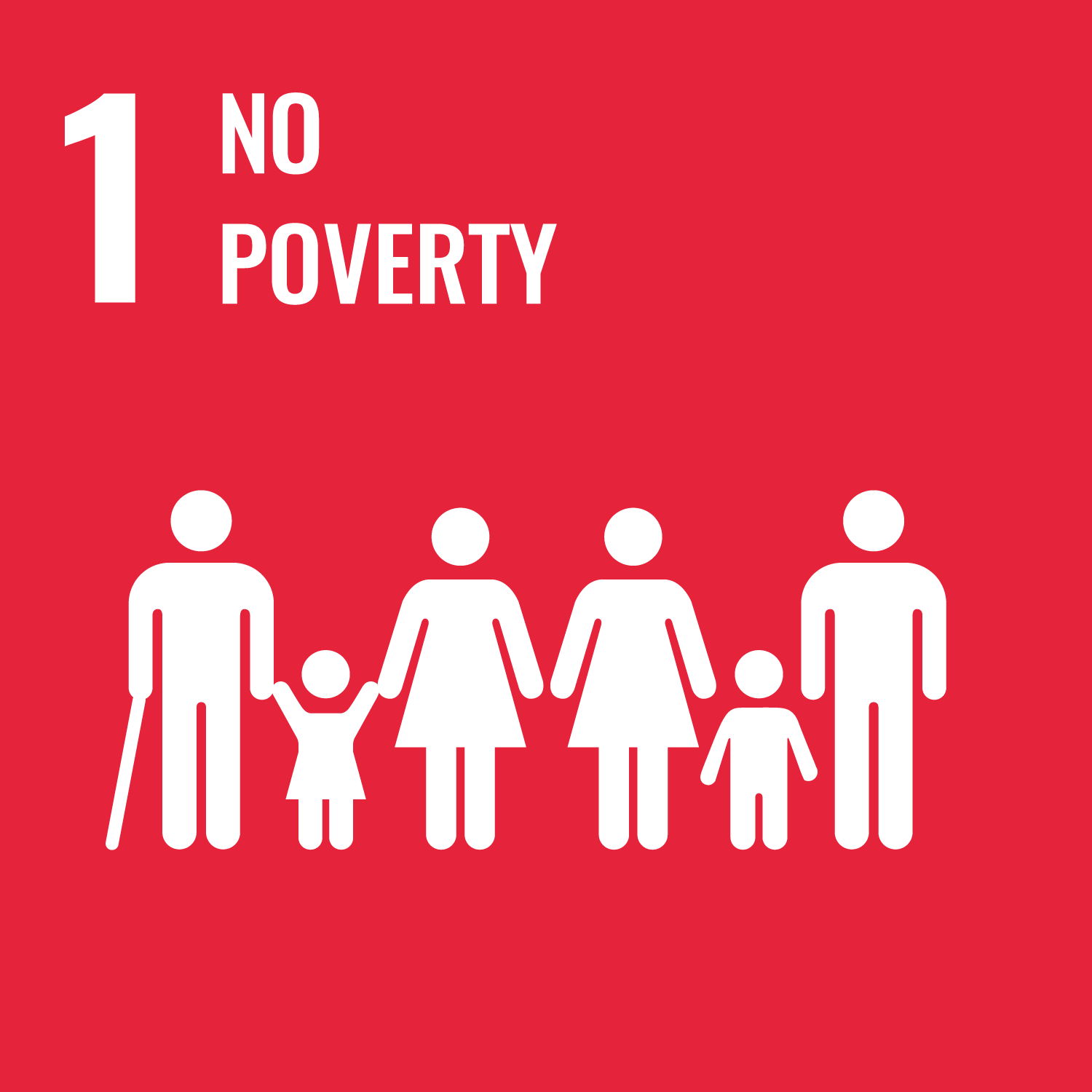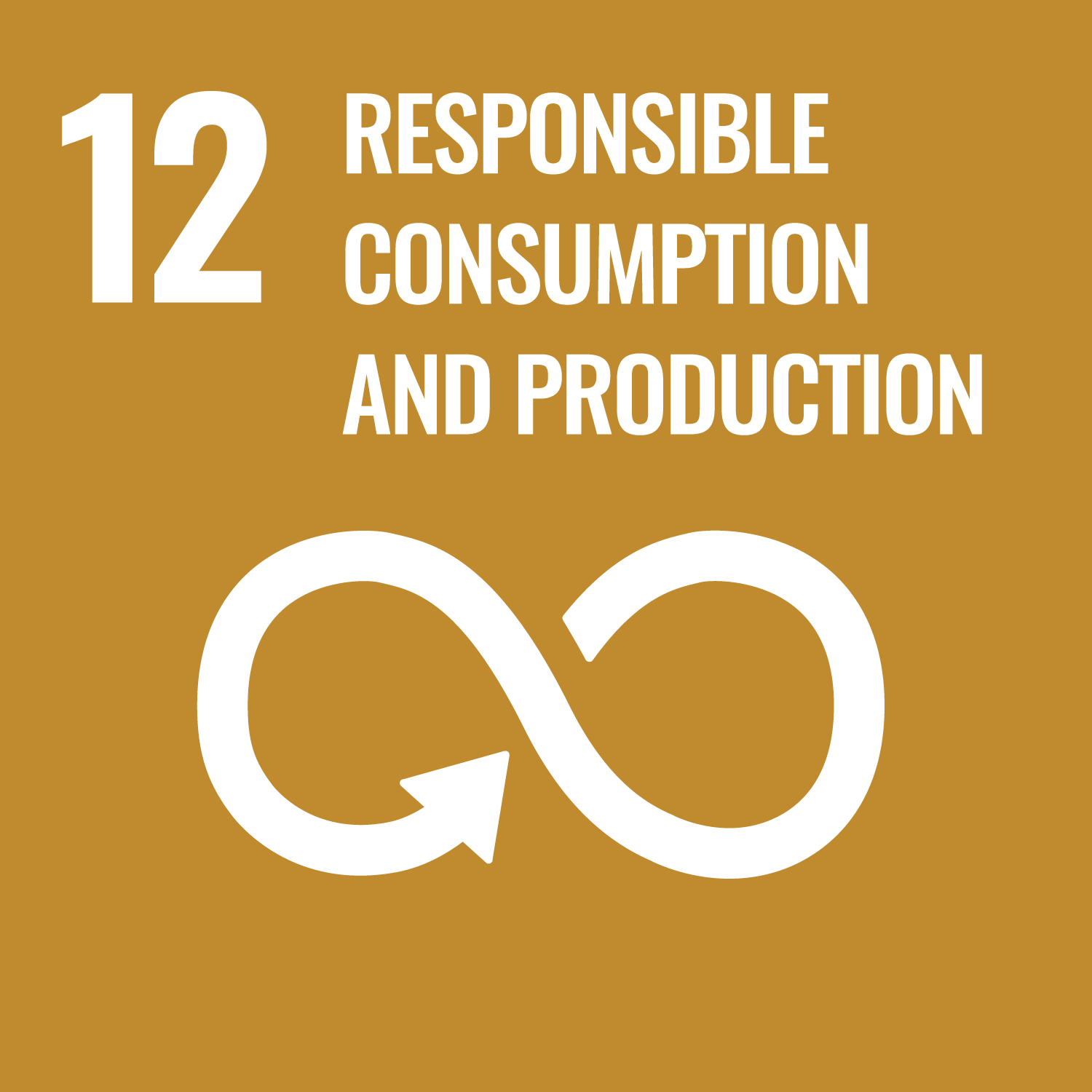


Weed-free Fields, Bountiful Yields!
The "Six Steps Cassava Weed Management" technology is a comprehensive solution to the persistent issue of weed encroachment in cassava fields across Sub-Saharan Africa. By offering a decision support framework that covers various key control measures, it empowers farmers to keep their cassava crops free of weeds, resulting in significantly higher root yields. This innovative approach is adaptable to the diverse agricultural conditions and resources of small-scale farmers, making it a valuable tool for increasing cassava productivity and improving food security in the region.
This technology is TAAT1 validated.
Adults 18 and over: Positive medium
The poor: No impact
Under 18: Positive low
Women: Positive medium
Climate adaptability: Highly adaptable
Farmer climate change readiness: Significant improvement
Biodiversity: No impact on biodiversity
Carbon footprint: A bit less carbon released
Environmental health: Moderately improves environmental health
Soil quality: Improves soil health and fertility
Water use: A bit less water used
The “Six Steps Cassava Weed Management” technology eases women’s workload, promotes efficient resource use, and aligns with SDGs 2, 5, and 13 by increasing yields, promoting gender equality, and fostering environmentally friendly practices.
To integrate "Six Steps Cassava Weed Management" in your project:
Digital tools like the Akilimo, IITA Herbicide calculator and the Cassava e-market also enhance the effectiveness of this approach. The "Six Steps" approach works well with other cassava cultivation practices such as the use of disease-resistant cassava varieties, golden cassava varieties for nutrition, high dry matter and starch content varieties for industrial processing, and the use of specially blended fertilizers.
Key partners for implementing this technology in Africa include the International Institute of Tropical Agriculture (IITA) who has expertise in cassava research and development, and can provide valuable support in the implementation of the "Six Steps" approach.
Cost for herbicide application
Cost for weed removal labor
Open source / open access
Scaling Readiness describes how complete a technology’s development is and its ability to be scaled. It produces a score that measures a technology’s readiness along two axes: the level of maturity of the idea itself, and the level to which the technology has been used so far.
Each axis goes from 0 to 9 where 9 is the “ready-to-scale” status. For each technology profile in the e-catalogs we have documented the scaling readiness status from evidence given by the technology providers. The e-catalogs only showcase technologies for which the scaling readiness score is at least 8 for maturity of the idea and 7 for the level of use.
The graph below represents visually the scaling readiness status for this technology, you can see the label of each level by hovering your mouse cursor on the number.
Read more about scaling readiness ›
Uncontrolled environment: validated
Common use by projects NOT connected to technology provider
| Maturity of the idea | Level of use | |||||||||
| 9 | ||||||||||
| 8 | ||||||||||
| 7 | ||||||||||
| 6 | ||||||||||
| 5 | ||||||||||
| 4 | ||||||||||
| 3 | ||||||||||
| 2 | ||||||||||
| 1 | ||||||||||
| 1 | 2 | 3 | 4 | 5 | 6 | 7 | 8 | 9 | ||
| Country | Testing ongoing | Tested | Adopted |
|---|---|---|---|
| Democratic Republic of the Congo | –No ongoing testing | Tested | Adopted |
| Nigeria | –No ongoing testing | Tested | Adopted |
| Tanzania | –No ongoing testing | Tested | Adopted |
| Zambia | –No ongoing testing | Tested | Adopted |
This technology can be used in the colored agro-ecological zones. Any zones shown in white are not suitable for this technology.







| AEZ | Subtropic - warm | Subtropic - cool | Tropic - warm | Tropic - cool |
|---|---|---|---|---|
| Arid | – | – | – | – |
| Semiarid | – | – | ||
| Subhumid | – | – | ||
| Humid | – | – |
Source: HarvestChoice/IFPRI 2009
The United Nations Sustainable Development Goals that are applicable to this technology.





A video demonstrating how to apply these steps is also available here.
Last updated on 7 November 2025